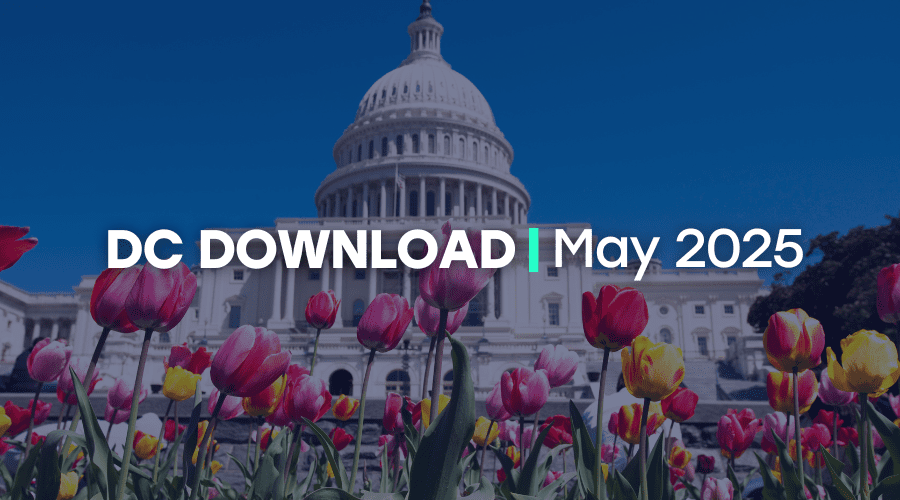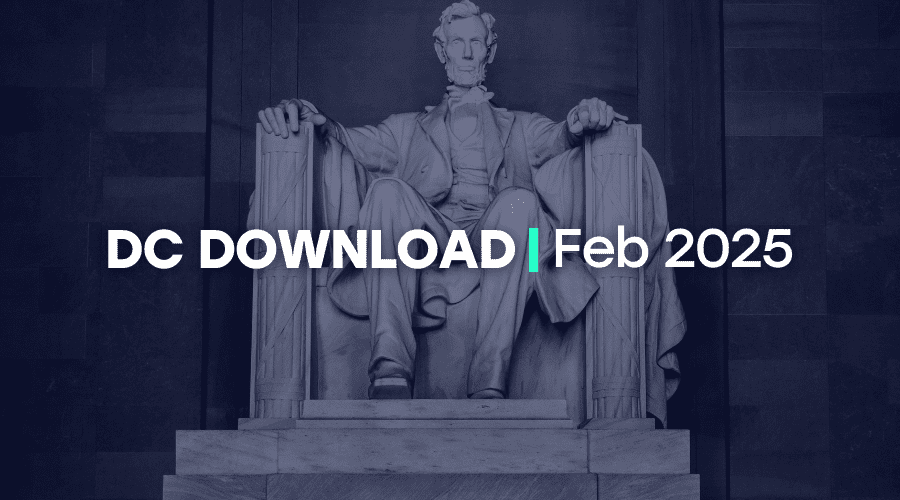The 10th annual Nonprofit Public Policy Symposium — convened virtually by the Association for Research on Nonprofit Organizations and Voluntary Action (ARNOVA) and Independent Sector on September 17 — brought together academics and practitioners to discuss lessons learned after 2020 elections and help shape the social sector’s impact on democracy moving forward. The record-breaking number of attendees took away data and practical information about the sector’s role and impact in improving nonprofit civic engagement in elections.
When nonprofits engage in nonpartisan civic engagement efforts, it’s proven that they increase representation and participation in the electoral process. Not only do nonprofits increase voter turnout, but they also reach more people of color, young people, and low-income earners. As civic intermediaries, nonprofits can help bridge the gap between the government and communities to create a more inclusive democracy. The Symposium discussions revealed critical learnings that the sector — from direct service organizations to philanthropy — can leverage in embracing the next phase of nonprofit civic engagement.
An opportunity, and a need, exist to increase funding to organizations led by and for people of color. Nonprofit staff, especially those who are demographically representative of the communities they serve, dedicate a great deal of time and highly skilled emotional labor to increasing nonpartisan civic engagement efforts. However, as Dr. Maureen Feit and Dr. Jack B. Phillips mentioned, “organizations with staff with the most relevant sociocultural knowledge and skills consistently had the smallest budgets.” This is especially troubling because, as Nonprofit VOTE found, in-person engagement is critical to reach low-income voters and voters of color.
Increased funding from public and private funders would help demonstrate the value of this labor and provide organizations with the resources needed to engage in this work. According to Yordanos Eyoel at New Profit, the most impactful funding would offer 1) access to multi-year unrestricted funding, 2) capacity building support, and 3) support the cultivation of networks for nonprofit leaders. Many nonprofits have shown enthusiasm for this work; we need to increase funding to make it a reality. In addition, questions were raised on how to leverage funding for nonprofit civic engagement work across many activities, like voter engagement and Census work that often utilize similar outreach and community building strategies.
Nonprofits need to understand how engaging in this work can help advance their missions and amplify their existing services. Most of the scholarship and dialogue in the sector centers on how well nonprofits advance democracy, but there’s a second question about how advancing democracy impacts nonprofits. Organizations that view their missions as representing populations were much more likely to engage in nonpartisan civic engagement compared to organizations that provide direct service to a diverse population. However, at the highest level, election policy affects nonprofit missions because it directly impacts the people nonprofits serve. Direct service organizations can play a special role in reaching those communities. Rebecca Gorrell of Community Resource Center states, “this type of work is a way to live the practice, contribute to equity, put your community at the center of your work, and change the relationship you have with them from one of service to one of partnership.”
It can take time to break down the barriers between service organizations and engaging in nonpartisan civic engagement. Alex McHenry of Community Resource Center recommends identifying accessible entry points to get started in this work, such as beginning with engagement around the Census. Debi Lombardi and Caroline Mak of Nonprofit VOTE suggest integrating civic engagement into the organization’s existing services, such as asking about voter registration while discussing other available community resources. On whatever scale nonprofits choose to begin this work, it can and will help them achieve their missions.
There is still so much to learn. While we learned so much during the Symposium, we also identified additional questions and areas of research to help us engage the sector in this work. Funders and practitioners experience real fear in stepping into this work, but what function is this fear playing? Who is this fear serving? Nonprofits are concerned about how engaging in advocacy might impact their funding. Do nonprofits that engage in this work see an increase in donations or grants? What happens to nonprofit fundraising if an organization decides to engage in this work?
Thank you to the researchers and practitioners who presented at the Symposium. Your work teaches us all how to embrace the challenge of nonprofit civic engagement and what direction to take the conversation in the future.



